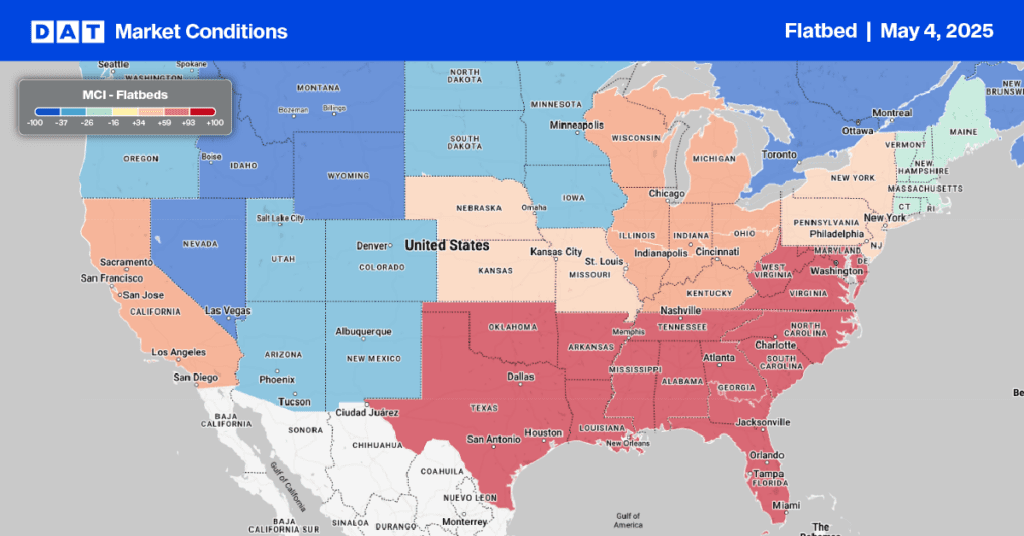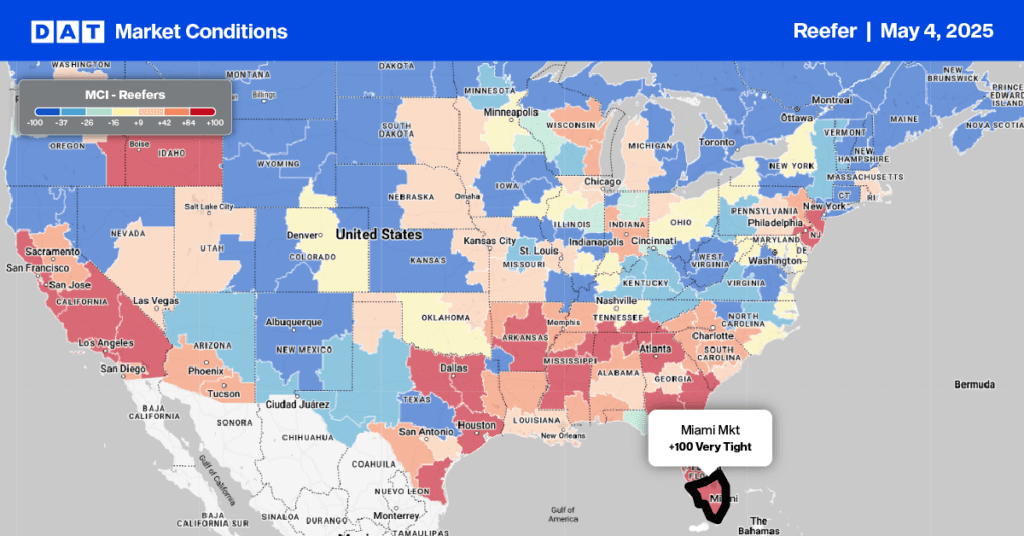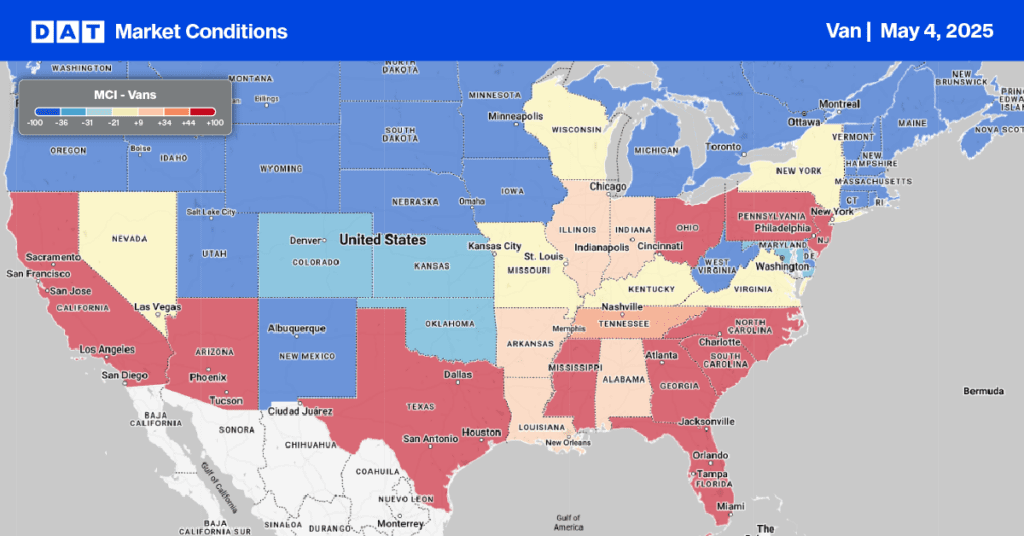The recently released traffic fatalities report from The National Highway Traffic Safety Administration (NHTSA) projects that an estimated 42,915 people died in motor vehicle traffic crashes last year, a 10.5% increase from the 38,824 fatalities in 2020. The projection is the highest number of deaths since 2005 and the largest annual percentage increase in the Fatality Analysis Reporting System’s history.
According to the U.S. Transportation Secretary Pete Buttigieg, “We face a crisis on America’s roadways that we must address together. With our National Roadway Safety Strategy and the President’s Bipartisan Infrastructure Law, we are taking critical steps to help reverse this devastating trend and save lives on our roadways.”
The Bipartisan Infrastructure Law plans to invest up to $6 billion over five years to fund local efforts to reduce roadway crashes and fatalities. “This crisis on our roads is urgent and preventable,” said Dr. Steven Cliff, NHTSA’s Deputy Administrator. “We will redouble our safety efforts, and we need everyone – state and local governments, safety advocates, automakers, and drivers – to join us. All of our lives depend on it.”
Get the clearest, most accurate view of the truckload marketplace with data from DAT iQ.
Tune into DAT iQ Live, live on YouTube or LinkedIn, 10am ET every Tuesday.
Traffic deaths increase in most states
The full-year estimate of 2021 traffic fatalities indicated all 10 NHTSA regions expect to see increases in the fatality rate per 100 million miles. Forty-four states, the District of Columbia, and Puerto Rico are all projected to have had an increase in traffic deaths compared to 2020. Vehicle miles traveled in 2021 increased by about 325 billion miles, or about 11.2%, compared to 2020, while the fatality rate for 2021 was down marginally to 1.33 fatalities per 100 million vehicle miles traveled (VMT).
Additionally, traffic fatalities in the following categories showed relatively significant increases in 2021, as compared to 2020:
- Fatalities in multi-vehicle crashes up 16%
- Fatalities on urban roads up 16%
- Fatalities among drivers 65 and older up 14%
- Pedestrian fatalities up 13%
- Fatalities in crashes involving at least one large truck up 13%
- Daytime fatalities up 11%
- Motorcyclist fatalities up 9%
- Bicyclist fatalities up 5%
- Fatalities in speeding-related crashes up 5%
- Fatalities in police-reported, alcohol-involvement crashes up 5%
Large truck crash fatalities increased last year also
Data specific to fatal crashes involving large trucks in 2021 also paints a gloomy picture:
- Fatalities among vehicle drivers increased 12 y/y
- Fatalities among vehicle passengers increased 9% y/y
- Fatalities among motorcyclists increased by 9% y/y
- Fatalities among pedestrians increased by 13% y/y
- Fatalities among pedal cyclists increased by 5% y/y
- Fatalities in crashes involving at least one large truck (gross vehicle weight rating of more than 10,000 lbs.) increased by 13% y/y.
Accidents involving large trucks are also rising, not just fatal accidents
The much-touted safety benefits of the federal electronic logging device (ELD) mandate never materialized to the surprise of almost no one in the trucking industry. A few, including myself, predicted accidents and fatalities would get worse as soon the ELDs were implemented.
A 2021 study conducted by the Supply Chain Management Research Center at the University of Arkansas found the number of accidents increased after the ELD mandate took effect in December 2017. The report stated that accidents increased by 11.6% for independent owner-operators, while carriers with two to 20 trucks recorded a 9% increase after the ELD hard mandate began on April 1, 2018. The study concluded that the federal electronic logging device mandate had not reduced accidents, and its implementation correlates with an increase in unsafe driving incidents.
According to Andrew Balthrop, a research associate at the Sam M. Walton College of Business, “Surprisingly, the number of accidents for the most-affected carriers — those operators for whom the federal mandate was intended — did not decrease. In fact, following the mandate’s implementation, accidents among small carriers and independent owner-operators increased relative to large asset-based carriers. The electronic logging-device mandate coincided with an increase in unsafe driving and speeding citations among truck drivers, and this likely caused an increase in accidents.”


